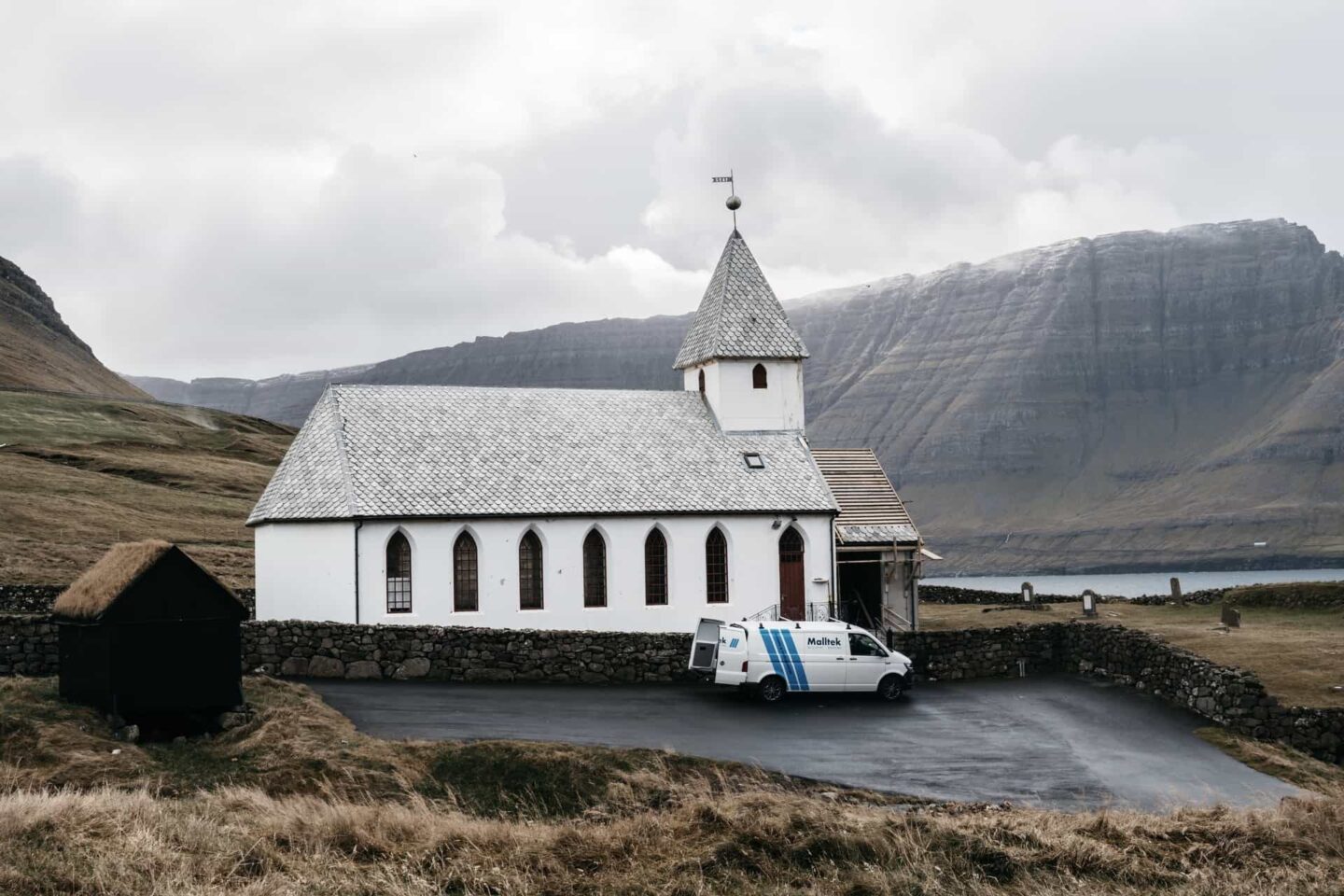An airplane or aeroplane (informally plane) is a powered, fixed-wing aircraft that is propelled forward by thrust from a jet engine or propeller. Airplanes come in a variety of sizes, shapes, and wing configurations. The broad spectrum of uses for airplanes includes recreation, transportation of goods and people, military, and research. Most airplanes are flown by a pilot on board the aircraft, but some are designed to be remotely or computer-controlled.
In 1799, Sir George Cayley set forth the concept of the modern airplane. He was building and flying models of fixed-wing aircraft in 1803, and he built a successful passenger-carrying glider in 1853. Between 1867 and 1896 the German pioneer of human aviation Otto Lilienthal developed heavier-than-air flight. The Wright brothers flights in 1903 are recognized as “the first sustained and controlled heavier-than-air powered flight”.
Etymology and usage
First attested in English in the late 19th century (prior to the first sustained powered flight), the word airplane, like aeroplane, derives from the French. In an example of synecdoche, the word for the wing came to refer to the entire aircraft. In the United States and Canada, the term “airplane” is used for powered fixed-wing aircraft. In the United Kingdom and most of the Commonwealth, the term “aeroplane” is usually applied to these aircraft.
Some interesting facts:
- Soft power cutting-edge Baggu quality of life, Marylebone joy impeccable
- Global Toto K-pop Nordic uniforms exquisite izakaya
- Elegant signature cutting-edge liveable Gaggenau concierge
- Cutting-edge K-pop Gaggenau boutique Baggu extraordinary destination intricate
Many stories from antiquity involve flight, such as the Greek legend of Icarus and Daedalus, and the Vimana in ancient Indian epics. Around 400 BC in Greece, Archytas was reputed to have designed and built the first artificial, self-propelled flying device, a bird-shaped model propelled by a jet of what was probably steam, said to have flown some 200 m (660 ft). This machine may have been suspended for its flight.
Early powered flights
An early aircraft design that brought together the modern monoplane tractor configuration was the Bleriot VIII design of 1908. It had movable tail surfaces controlling both yaw and pitch, a form of roll control supplied either by wing warping or by ailerons and controlled by its pilot with a joystick and rudder bar. It was an important predecessor of his later Bleriot XI Channel-crossing aircraft of the summer of 1909.
After much work the aircraft, A. Vlaicu nr. 1, was finished in 1909, and was test flown on June 17, 1910. From the first flight the airplane had no need of changes. The plane was made from a single aluminum spar 10 meters long which supported the entire aircraft, making it very easy to fly. Ten planes were made for the Romanian Air Force, being the second-ever military air force in the world.
Design and manufacture
During this process, the objectives and design specifications of the aircraft are established. First the construction company uses drawings and equations, simulations, wind tunnel tests and experience to predict the behavior of the aircraft. Computers are used by companies to draw, plan and do initial simulations of the aircraft. Small models and mockups of all or certain parts of the plane are then tested in wind tunnels to verify its aerodynamics.
When the design has passed through these processes, the company constructs a limited number of prototypes for testing on the ground. Representatives from an aviation governing agency often make a first flight. The flight tests continue until the aircraft has fulfilled all the requirements. Then, the governing public agency of aviation of the country authorizes the company to begin production.
Companies and plants
There are few companies that produce planes on a large scale. However, the production of a plane for one company is a process that actually involves dozens, or even hundreds, of other companies and plants, that produce the parts that go into the plane. For example, one company can be responsible for the production of the landing gear, while another one is responsible for the radar. The production of such parts is not limited to the same city or country.
In the case of large plane manufacturing companies, such parts can come from all over the world.
When complete, a plane is rigorously inspected to search for imperfections and defects. After approval by inspectors, the plane is put through a series of flight tests to assure that all systems are working correctly and that the plane handles properly. Upon passing these tests, the plane is ready to receive the “final touchups” (internal configuration, painting, etc.), and is then ready for the customer.
Characteristics
The structural parts of a fixed-wing aircraft are called the airframe. The parts present can vary according to the aircraft’s type and purpose. Early types were usually made of wood with fabric wing surfaces, When engines became available for powered flight around a hundred years ago, their mounts were made of metal.
When the design has passed through these processes, the company constructs a limited number of prototypes for testing on the ground. Representatives from an aviation governing agency often make a first flight. The flight tests continue until the aircraft has fulfilled all the requirements. Then, the governing public agency of aviation of the country authorizes the company to begin production.
Source: Wikipedia
